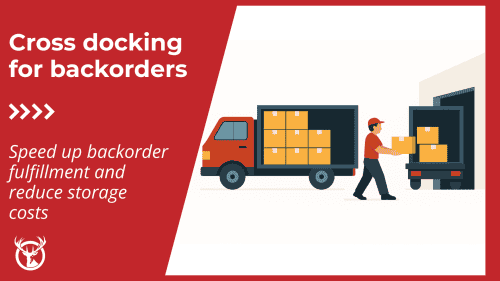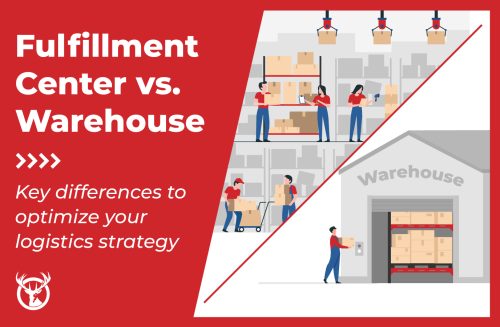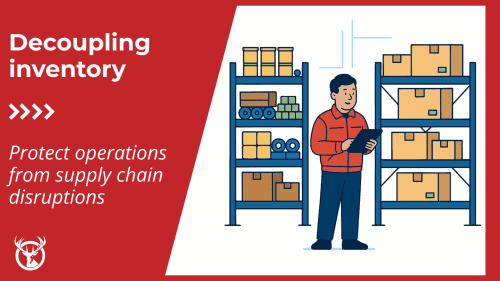Warehouse providers offer logistics services including warehousing and third-party fulfillment. Finding the right 3PL warehouse provider for your eCommerce business is crucial to your success because eCommerce fulfillment is your closest contact with your customers. Therefore, you want exceptional order processing when you outsource your fulfillment to a 3PL services company.
It can be confusing to pick a warehouse provider. How do you know the quality of the services it offers? What questions should you ask to determine if the 3PL is right for your needs? We have the answers to those questions and more in this 3PL warehousing guide.

What does a warehouse provider do?
Inside a 3PL warehouse, products from multiple eCommerce companies sit on shelves, carefully cataloged, waiting to be packed into boxes to fill orders. A 3PL warehouse provider takes care of every element of order fulfillment for its clients.
Once you have been onboarded with a warehouse provider, orders from all your eCommerce platforms will be transmitted to the warehouse. Then, professional 3PL staff will find the right products on the shelves, carefully pack them into the right box, and hand off the packages to a carrier for delivery.
These 3PL warehouses can range in size from a few thousand square feet to a million square feet or more. Many offer national fulfillment services in North America from multiple warehouses located near major population centers. For example, Red Stag Fulfillment provides warehousing in strategic locations near the East Coast and West Coast, which can reach 99% of U.S. addresses in two days or less.

The difference between 3PL warehousing and distribution
Not all warehouse providers offer logistics services. For example, a distribution warehouse may look like a 3PL, but it fills a different role in the supply chain. A distribution warehouse is a way station where products are delivered, sorted, and sent out to other destinations. While that sounds very similar to the activity inside a 3PL warehouse, distribution warehouses don’t pack and ship products to individual consumers. Instead, they compile shipments of merchandise for delivery to retailers.
To understand how a distribution warehouse operates, take the example of a grocery distribution center. Trucks arrive, each filled with a different type of produce: corn, watermelons, green beans, and so on. In the distribution center, the produce is divided up for individual grocery stores. A grocery delivery truck leaves the warehouse filled with an assortment of corn, watermelons, green beans, and other produce that one or more stores will need to fill the produce aisles. Products often don’t spend much time in the distribution warehouse.
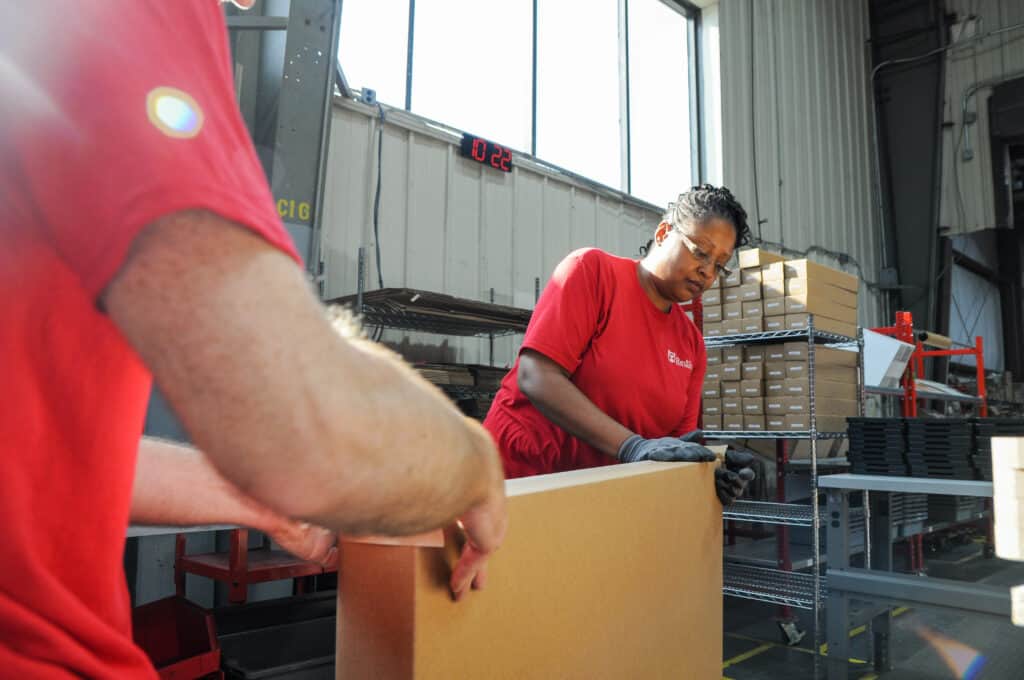
At a fulfillment warehouse, freight trucks arrive with containers of products from one manufacturer or brand. Next, the 3PL warehouse staff logs the product into inventory and then uses that inventory to fill orders as they come in. Unlike a distribution warehouse, 3PLs have packing stations where workers box the orders and label them for shipping to individual consumers. Packages generally leave a 3PL warehouse in trucks operated by FedEx, UPS, and USPS. Each truck is filled with boxes to be delivered to many different addresses across the region or the country.
The role of the warehouse provider in the supply chain
The fulfillment warehouse sits between the manufacturer and the end customer. Your products leave the factory by boat or airplane (if you operate a global supply chain). When the shipment arrives in the U.S., it is loaded onto a truck or rail car for freight transport by ground. At this arrival point, you might divide your merchandise to send stock to several different warehouse locations.
The 3PL fills the roles of warehousing and fulfillment in the supply chain. Your third-party logistics provider sends your products on the final leg of the supply chain: transport to your customers.
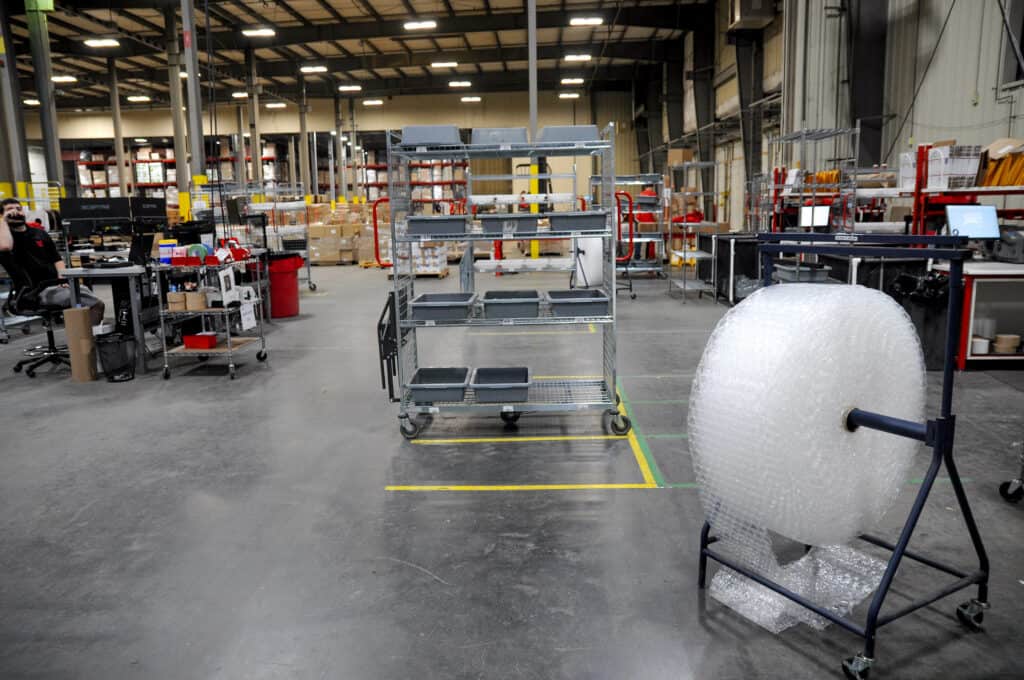
What is on-demand warehousing?
One of the benefits of using a third-party logistics company is on-demand warehousing. Rather than renting warehouse space, which is a fixed cost, on-demand warehousing lets you pay only for the storage space you need. That way, you can store more items during your peak season and reduce your inventory when sales are slower.
On-demand warehousing is a core element of variable cost fulfillment, which is an excellent way to control order processing costs. By paying for only the services and warehouse space you need, your fulfillment costs become a more predictable aspect of your cost of goods sold. When partnered with accurate demand forecasting and inventory control, on-demand warehousing can help you reduce costs and increase your revenue and profit margin.
How is a warehouse provider different from a third-party logistics company?
There are many types of warehouses. A warehousing company might provide public storage space or bonded storage for goods awaiting customs clearance. Only third-party logistics companies offer fulfillment services in their warehouses.

Services offered by warehouse providers
Different 3PL warehouses offer different types of services. These services fall into two categories: essential fulfillment services, which most 3PLs provide, and value-added services that vary from warehouse to warehouse.
Essential fulfillment services include:
- Inbound logistics (receiving)
- Warehousing and warehouse management
- Pick and pack fulfillment services
- Outbound logistics (shipping)
Value-added services might include:
- Reverse logistics (returns)
- Kitting and assembly
- Hazardous materials storage and order processing
- Food product storage and handling
- Temperature-controlled, cold, or freezer storage and shipping
- Oversized warehousing and shipping
- Inventory planning services
It’s important to find a fulfillment company that offers the services you need. When looking for a new 3PL warehouse provider, make sure you ask about value-added services and warehousing policies. To help you ask the right questions, Red Stag Fulfillment has created a questionnaire you can use.
Who are the best third-party logistics providers?
The best third-party logistics companies in the U.S. are the ones that provide above-average levels of service to their clients.
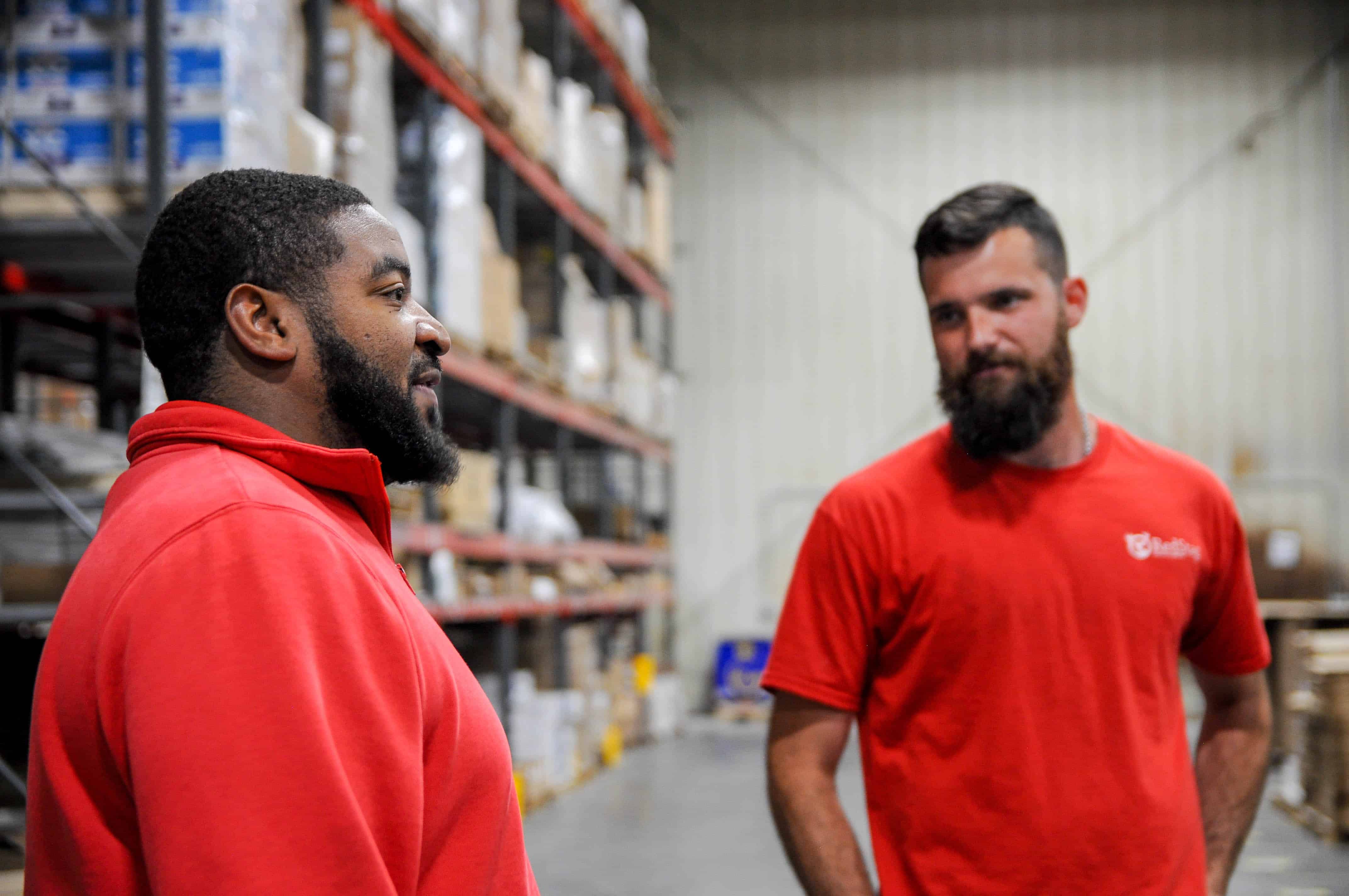
At Red Stag Fulfillment, we think that our fulfillment guarantees make us stand out from the pack. Our guarantees include:
- Zero shrinkage allowance. You don’t have to worry about lost or damaged inventory when you trust us with your warehousing. That’s because we reimburse you for the wholesale cost of any items broken or lost while on our shelves.
- Fulfillment accuracy guarantee. If we make a mistake in picking, packing, or shipping one of your orders, we will fix the error and pay you $50. It’s no accident that Red Stag Fulfillment has one of the highest accuracy rates in the industry.
- Same-day fulfillment guarantee. We offer same-day shipping. If we don’t ship an order in our agreed-upon time, we pay you $50.
- Fast customer service. If you call us with a problem, we respond quickly to resolve your issue. You won’t talk to someone at a call center far from our fulfillment centers. Instead, your in-house account manager will respond to your request and work with our team to troubleshoot the problem quickly.

These and other fulfillment guarantees have won Red Stag Fulfillment accolades from a wide range of companies. Ultimately, the best 3PL provider is one with expertise in handling products like yours, with warehouse locations that can provide fast and cost-effective shipping to your customers and that offers the value-added services you need. Red Stag Fulfillment is that 3PL for companies of all kinds. We’d love to be your warehouse provider, so we encourage you to reach out today.







